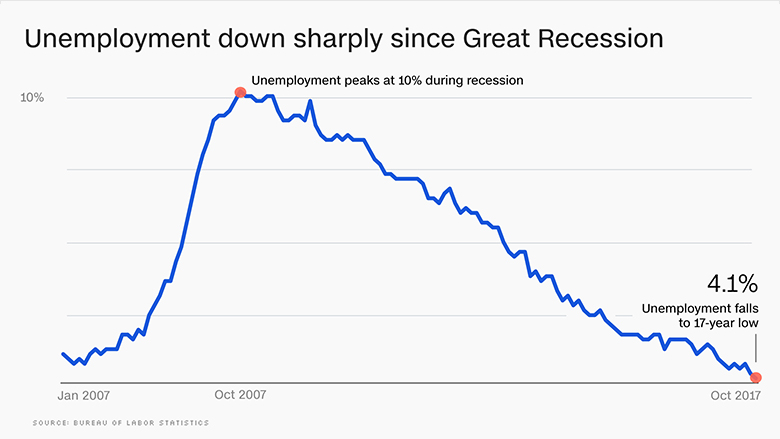
Overview: Using primary sources in the classroom is one way to make history real for students. All too often, students express that they hate history, often because they find it "useless." Using primary source documents connects students with the past, but learning how to analyze them also provides valuable life skills. Above is a picture of the Bill of Rights, which I elaborate on in my screencast.
Screencast: Screencast 21
Big Question: How can we help students make use of primary source resources?
Interactive Site: Docsteach is another excellent source for primary source documents like the Library of Congress Website. It is backed by the National Archives and designed specifically for providing teachers with the type of primary source resources they can use for the classroom. The collection is not as extensive as the LoC however, and more image based.


